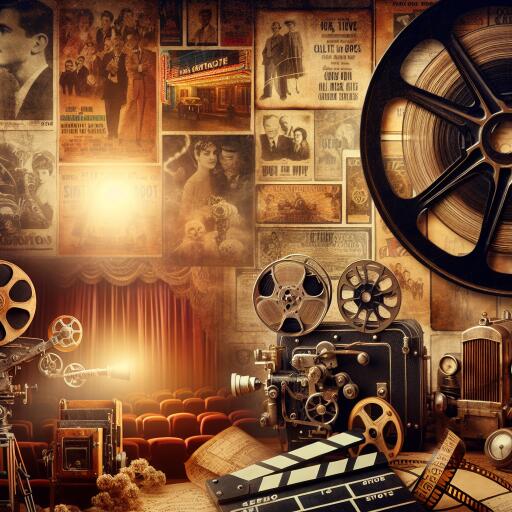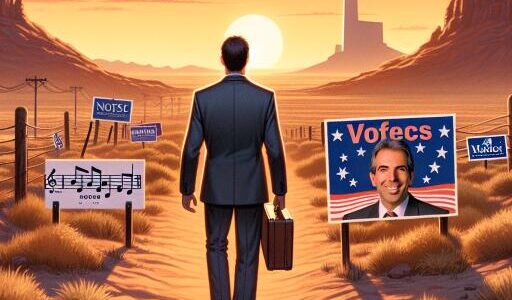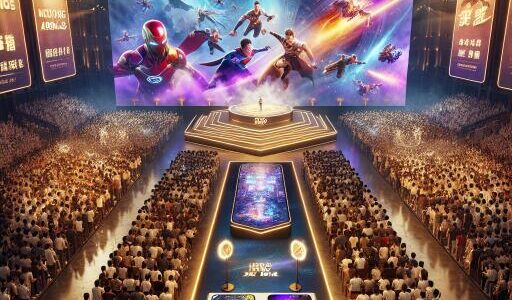From Novelty to Necessity: The Evolution of Cinema
The journey of motion picture technology is one marked by rapid evolution, where today’s breakthrough becomes tomorrow’s old news. The story begins in the picturesque town of Santa Cruz, which played a part in the groundbreaking development of motion pictures.
In the late 19th century, Eadweard Muybridge made a significant mark by creating what would later be recognized as the first motion picture. On assignment to capture the West Coast’s lighthouses in 3D for the U.S. government, Muybridge’s quest for innovation didn’t stop there. He got involved in a project commissioned by Leland Stanford, which would prove a horse could indeed have all four hooves off the ground during a gallop. This experiment, accomplished by setting up a series of cameras to capture the motion, laid the groundwork for motion pictures.
Muybridge’s invention, the Zoopraxoscope, came shortly after in 1878, allowing a sequence of images to be projected and creating the illusion of motion. This innovation was closely followed by inventions that would commercialize motion pictures, with Thomas Edison and Herman Casler among the notable pioneers. Edison’s Kinetoscope introduced films in a peep-show format, whereas Casler’s Mutoscope, a year later, made the technology more accessible and portable.
Film then quickly moved from a solo viewing experience to a collective one, with the Lumiere brothers inventing a lightweight projector. This transition to shared viewing culminated in Edison’s Vitascope, a device that brought cinematic experiences to the masses. Santa Cruz itself hosted one of these early film screenings, enchanting its audience with exotic scenes and marking the start of a new era of entertainment.
The early 20th century saw cinemas evolve from venues showing short, silent films to grand movie palaces that screened full-length features. These palaces transformed film from mere novelty to a form of art. Movies became a central part of society, offering an escape during the harsh years of the Great Depression and promising a futuristic vision at the San Francisco International Exposition.
As World War II ended, the film industry faced new challenges and transformations, with television emerging as a powerful new competitor. This period saw the rise of drive-in cinemas, offering a novel way to watch movies from the comfort of one’s car, catering to America’s burgeoning car culture. Despite these shifts, theaters continued to innovate, with the Rio Theater in Santa Cruz embodying the era’s architectural and technological ambitions through its unique Cycloramic screen, enhancing the 3-D movie experience.
The Del Mar Theater, not to be outdone, introduced Cinemascope and Stereophonic Sound, offering viewers an immersive audio-visual experience. These innovations underscored the industry’s continuous pursuit of delivering larger-than-life experiences to audiences, pushing the boundaries of cinematic technology from mere moving images to an immersive experience that could transport viewers to another world.
From Muybridge’s first motion picture to modern-day cinema and beyond into immersive virtual realities, the evolution of cinematic technology tells a story of relentless innovation and transformation. What began as a curiosity has bloomed into an indispensable part of our cultural fabric, reflecting society’s dreams, fears, and aspirations on a grand scale. As we stand on the cusp of new virtual realities, one can only wonder what marvels the future of cinema holds.









